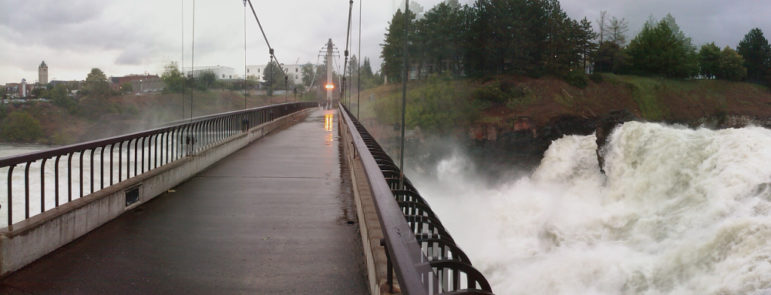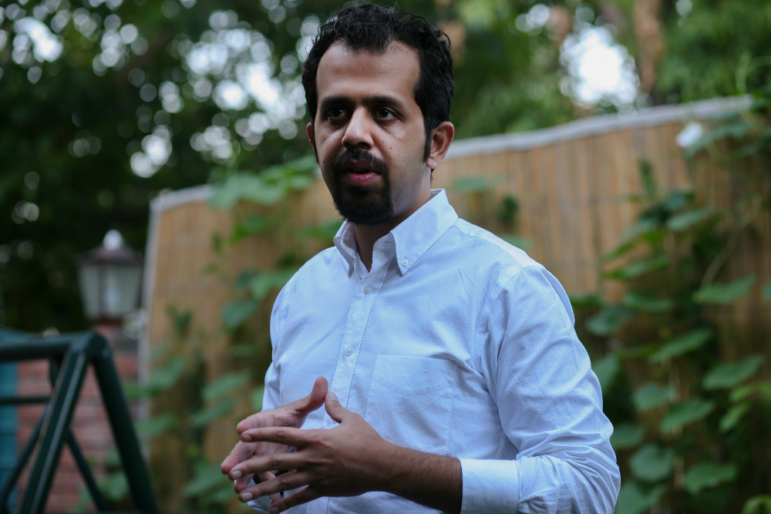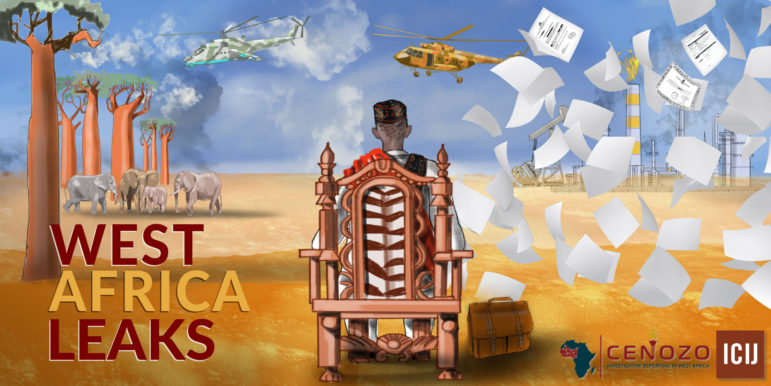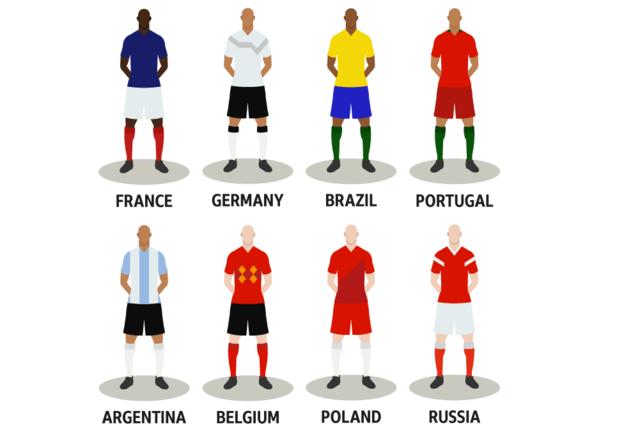
Case Studies
How They Did It: A Local Data Reporter Covers America’s Deadly Opioid Epidemic
A behind-the-scenes look at how one reporter put together a data-driven story about healthcare workers dying of opioid overdoses in the United States.

A behind-the-scenes look at how one reporter put together a data-driven story about healthcare workers dying of opioid overdoses in the United States.

What’s the global data journalism community tweeting about this week? Our NodeXL #ddj mapping from June 18 to 25 finds a visual story about fixing household stuff by @xocasgv and @GoogleNewsInit, another about fixing political stuff by @Washingtonpost and @paulbradshaw on teaching data journalism.

While journalism funded by interest organizations is still something of a gray zone, the question on the table now is no longer whether, but rather how investigative reporters can collaborate with NGOs, writes GIJN founding member Mark Lee Hunter.

Investigative journalist Taha Siddiqui, who was forced to flee to France recently after a failed abduction attempt, talks about why he left Islamabad and his SAFE Newsrooms initiative which aims to highlight freedom of expression issues in newsrooms across South Asia.

In late May, journalists from CENOZO in West Africa — with support from the International Consortium of Investigative Journalists — published #WestAfricaLeaks, the largest collaboration of investigative journalists in the region, exposing tactics used by regional tycoons, multinational companies and politicians to take their money offshore and out of reach. Here’s how they did it.

Thinking of joining us at the 3rd Asian Investigative Journalism Conference? Here are 50 great reasons to go. We’re putting together a world-class line-up of top investigative reporters, pioneering data journalists, and experts in law and security. For three days in Seoul, from October 5-7, we’ll share, network, and learn from the best in the business. We’ve got top editors Maria Ressa of Rappler, Steven Gan of Malaysiakini, Wahyu Dhyatmika of Tempo, Yong Jin Kim of Newstapa and dozens more.
A comprehensive study released earlier this week delved into the nonprofit news sector following the flurry of funding into the troubled US news industry in what has become known as the Trump Bump. Co-published by the Shorenstein Center on Media, Politics and Public Policy at the Harvard Kennedy School and Northeastern University’s School of Journalism, the study analyzed 32,422 journalism and media-related grants totaling $1.8 billion between 2010 and 2015. Here are some of the major findings.

What’s the global data journalism community tweeting about this week? Our NodeXL #ddj mapping from June 11 to 17 finds three data stories about the World Cup, from @BBCSport, @FT and @TspLeute, @guardian looked at at how urban cycling can change the world and @Bastamag explores 40 years of deaths from police interventions in France.

The documentary “Killing Pavel” won the prestigious IRE Medal this weekend. Top Ukranian journalist Dmytro Gnap shares tips for effectively collecting the CCTV footage which played a key role in the investigation.
Satellite are being used by journalists to report on conflicts, climate change, refugees, forest fires, illegal mining, oil spills, deforestation, slavery and many other topics. GIJN’s resource page provides official sources for free satellite images and links to experts who can advise on finding images, using them, handling technical issues and more.